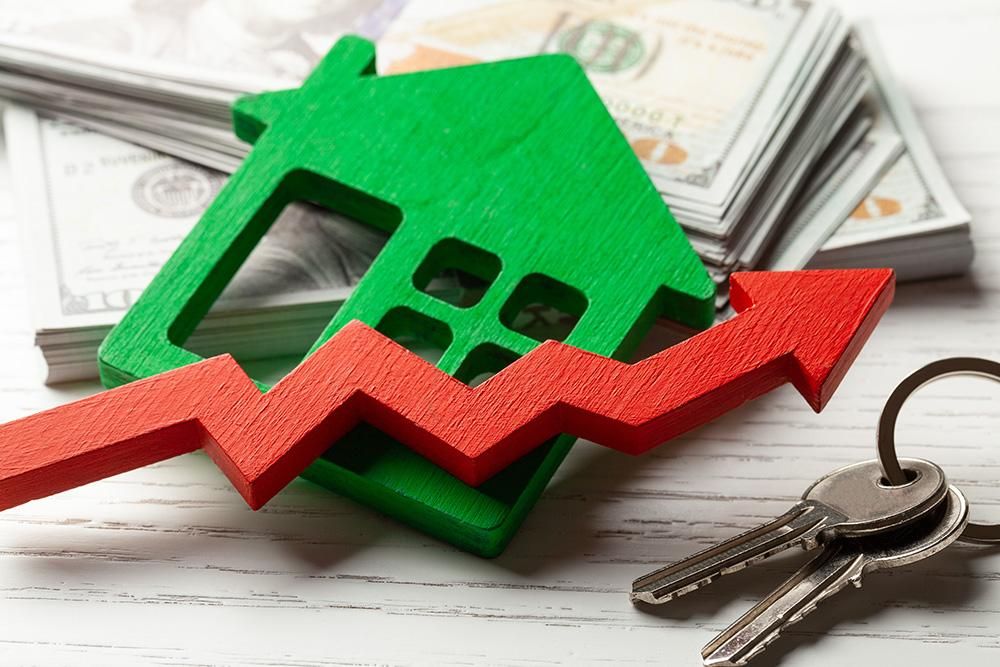
How To Choose The Best Refi: It’s Not Just About The Rates
As mortgage rates continue their freefall, more and more homeowners are opting to refinance. With the recent dips, experts are saying that even those who refinanced in 2019 should take a look to see if they can save money.
“Millions of homeowners could benefit by refinancing their mortgages, even if they bought or refinanced as recently as May 2019,” said NerdWallet. “A typical refinance could save more than $150 a month.”
But the rates are just one of the considerations. If you're thinking about looking into a new loan, here are some other things to consider.
How much is it going to cost you?
Yes, refinancing to lower your rate and your payment is typically a good idea. But refinancing isn't free, and the fees you pay can add up. Make sure you take a good look at all of the fees, negotiate where you can, and figure out how long it's going to take you to break even.
“Estimate your break-even period: the time it takes for the accumulated monthly savings to exceed the loan fees,” said NerdWallet. “For example, if you pay $3,600 in fees to save $100 a month, it will take 36 months to break even ($3,600 divided by $100 equals 36). If you believe you’ll stay in the house beyond the break-even period, it might be worthwhile to refinance.”
Think about the terms
Who says you need to stick with a 30-year loan? With rates this low, it might be time to look at a 15-year term. Maybe you want to consider an adjustable rate. Perhaps it's time to refinance out of your FHA loan into a conventional loan to get rid of that private mortgage insurance (PMI), which will save you even more money per month. Be sure to look at all of your options, and not just the one that seems the most obvious.
How’s the service?
“On the service side, getting your questions answered in a timely and accurate way is an important element of the process,” said Investopedia. “Getting a loan requires quite a bit of paperwork, as well as the collection and dissemination of a significant amount of personal information. Having a single, reliable point of contact for your questions can make the difference between a smooth, easy process and a tough experience.”
A conventional loan isn't your only option.
One of the lesser known refinancing options is called an FHA streamline. The benefit of this type of refinance is that you don't have to jump through many of the typical lender hoops. “If you currently have an FHA mortgage, the FHA Streamline Refinance is the easiest way to get a lower rate and monthly payment,” said The Mortgage Reports. “The FHA Streamline is a ‘low-doc’ refinance with limited paperwork required; the lender doesn’t have to verify your income or credit, and there’s no home appraisal. That means a Streamline Refinance closes faster than other loans and has slightly cheaper closing costs.”
This type of refi is also available through the VA and USDA.
Did you get a second opinion?
“Even if you go back to your current mortgage lender for your refinance, shop at least a couple of other lenders to see how interest rates and terms compare,” said NerdWallet. “You might believe that going to your existing lender will save you time and hassle. ‘They know us, they’ve already got all of our paperwork,’ you may think. If only that were true. It’s a new loan for them, just like it’s a new loan for any lender. The paperwork will be the same. When lenders know you’re shopping around, they are more likely to compete.”